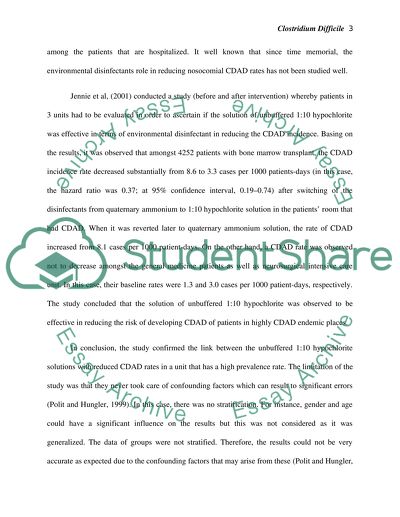Cite this document
(“What is the role of a nurse in the prevention and management of Literature review”, n.d.)
What is the role of a nurse in the prevention and management of Literature review. Retrieved from https://studentshare.org/nursing/1634583-what-is-the-role-of-a-nurse-in-the-prevention-and-management-of-antibiotic-associated-diarrhoea-and-clostridium-difficle-infection-in-elderly-patients
What is the role of a nurse in the prevention and management of Literature review. Retrieved from https://studentshare.org/nursing/1634583-what-is-the-role-of-a-nurse-in-the-prevention-and-management-of-antibiotic-associated-diarrhoea-and-clostridium-difficle-infection-in-elderly-patients
(What Is the Role of a Nurse in the Prevention and Management of Literature Review)
What Is the Role of a Nurse in the Prevention and Management of Literature Review. https://studentshare.org/nursing/1634583-what-is-the-role-of-a-nurse-in-the-prevention-and-management-of-antibiotic-associated-diarrhoea-and-clostridium-difficle-infection-in-elderly-patients.
What Is the Role of a Nurse in the Prevention and Management of Literature Review. https://studentshare.org/nursing/1634583-what-is-the-role-of-a-nurse-in-the-prevention-and-management-of-antibiotic-associated-diarrhoea-and-clostridium-difficle-infection-in-elderly-patients.
“What Is the Role of a Nurse in the Prevention and Management of Literature Review”, n.d. https://studentshare.org/nursing/1634583-what-is-the-role-of-a-nurse-in-the-prevention-and-management-of-antibiotic-associated-diarrhoea-and-clostridium-difficle-infection-in-elderly-patients.


